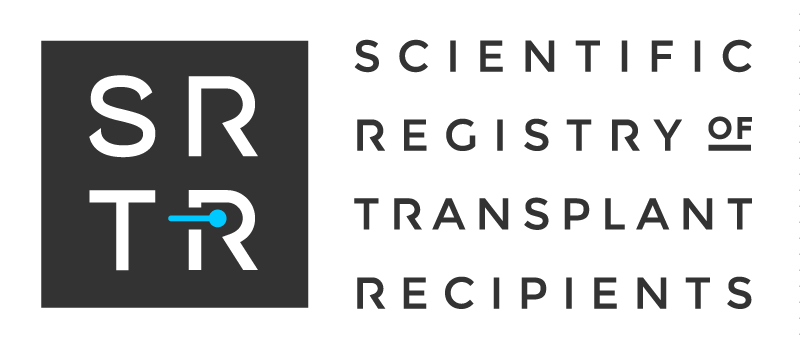Data That Drives Development
The SRTR Database
Overview
SRTR receives data collected by other organizations, manages and analyzes these data, and supplies data, summary reports, and analyses to the transplant community. Data in the SRTR database are largely collected directly by the Organ Procurement and Transplantation Network (OPTN). These data are supplemented by data from the Centers for Medicare & Medicaid Services (CMS) and the National Technical Information Service's (NTIS) Death Master File. SRTR also supports special studies by supplementing the data with data from special sources such as the National Cancer Institute's Transplant Cancer Match Study, pharmacy claims databases, and the Cystic Fibrosis Foundation's registry. SRTR processes all the data it receives and provides information upon request to HRSA, CMS, private insurance providers, OPTN committees, external investigators, and the public. The publicly released data include standard analysis files (SAFs), program-specific reports (PSRs), OPO-specific reports (OSRs), the Annual Data Report, articles in the scientific literature, and presentations at scientific meetings. The US Department of Health and Human Services (HHS) Final Rule requires that SRTR make all data available to the public while honoring applicable statutes and requirements for patient privacy. The Final Rule also requires SRTR to respond to requests from the public for data needed for bona fide research or analytic purposes, to assess the performance of HRSA contractors and transplant programs, and for other purposes.
SRTR's primary source of data is OPTN. OPTN collects data from transplant programs, OPOs, and histocompatibility laboratories. The United Network for Organ Sharing (UNOS), contractor for OPTN, first developed the OPTN data collection system in 1986 under contract with HHS. This system has undergone numerous changes; it is currently an Internet-based system called UNet (SM), which enables organ transplant programs to:
- Register candidates for transplant.
- Match donated organs to waiting candidates.
- Submit data on donors, candidates, and recipients before and after transplant.
The UNet system includes data from every transplant and organ donation that has occurred in the US since October 1, 1987. Once a month, SRTR receives a snapshot of the OPTN database, which provides current and complete data including all new and existing information as well as any historical revisions. SRTR electronically evaluates and compiles these and other data into the SRTR database.
SRTR and OPTN also receive monthly updates from the NTIS Death Master File to help identify deaths that may have occurred for transplant candidates, living donors, and transplant recipients. Dates of these deaths are extremely important, since OPTN does not require transplant programs to follow transplant candidates who have been removed from the waiting list, or living donors for more than two years after donation. Programs may voluntarily submit death dates after these defined follow-up intervals, but they are not required to do so.
The final SRTR database consists of many data tables with many components, including data on the transplant waiting lists, the donor/recipient matching process, deceased donors, living donors, and transplant recipients.
